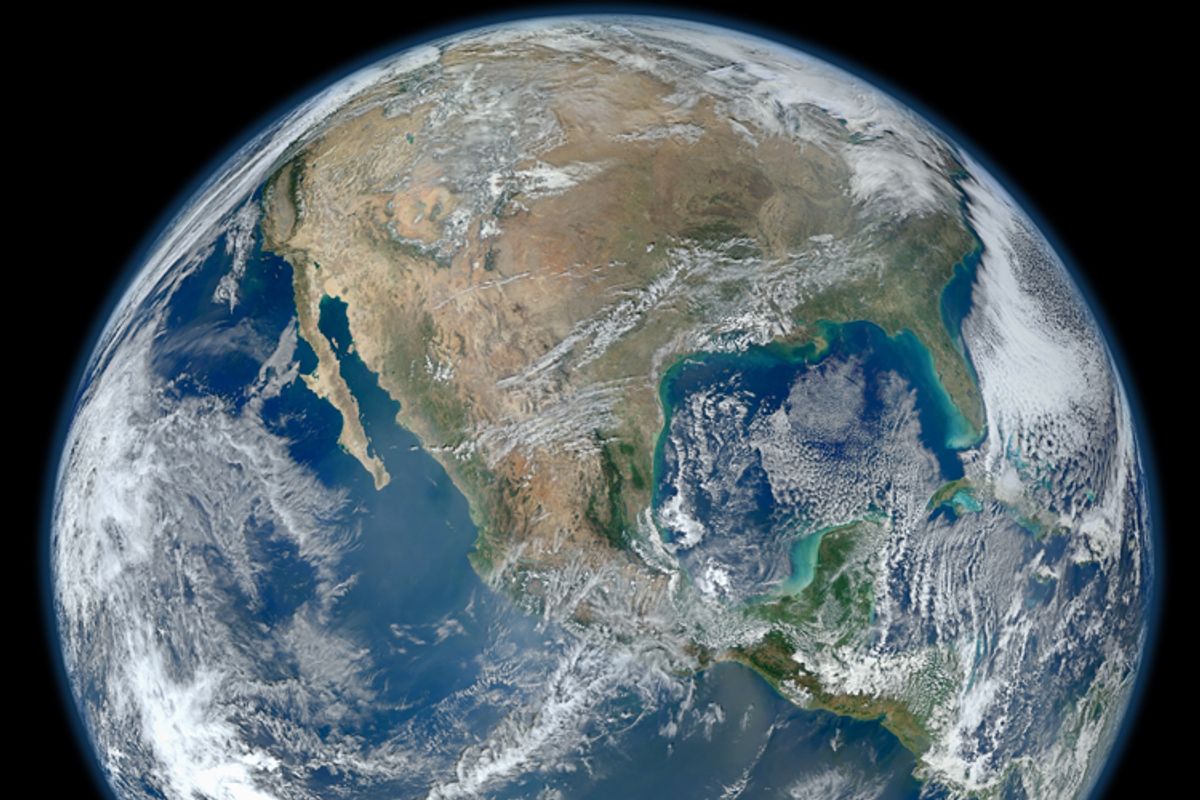Scientists at the University of New South Wales in Australia have discovered a "super-Earth," according to Sci-News. This "super-Earth" is named Gliese 832c, and may be the most Earth-like planet yet found by scientists. The discovery was made by a team of astronomers led by Dr. Robert Wittenmyer.
Gliese 832c is located 16 light-years away from Earth, and it orbits a red dwarf star (Gliese 832), which has about half of the mass and radius as our sun. The newly discovered Gliese 832c is not the only planet orbiting this red dwarf star. In 2009 Gliese 832b, a cold Jupiter-like planet, was discovered. Sci-News reported:
"'With an outer giant planet and an interior potentially rocky planet, this planetary system can be thought of as a miniature version of our Solar System,' said Prof Chris Tinney, an astronomer with the University of New South Wales and a co-author of the discovery paper accepted for publication in the Astrophysical Journal (arXiv.org pre-print)."
But what makes Gliese 832c so special and potentially life-sustaining? Its orbital path is on the inner boundary of the "habitable zone," which is defined by Space.com as "the just-right range of distances that could allow liquid water to exist on a world's surface."
Gliese 832c has a mass 5.4 times that of Earth's, and an orbital period of 35.68 days. According to Sci-News, the Earth-like planet receives similar average energy from its star, as the Earth does from the sun.
"The Earth Similarity Index (ESI) of Gliese 832c (ESI = 0.81) is comparable to Gliese 667Cc (ESI = 0.84) and Kepler-62e (ESI = 0.83)," wrote Able Mendez Torres, director of the Planetary Habitability Laboratory at the University of Puerto Rico, in a blog post.
Space.com defines an ideal "Earth twin" as having an ESI of 1.
"This makes Gliese 832c one of the top three most Earth-like planets according to the ESI (i.e., with respect to Earth's stellar flux and mass) and the closest one to Earth of all three — a prime object for follow-up observations," Mendez wrote at the Planetary Habitability Laboratory blog.
However, scientists do not yet know if Gliese 832c's atmosphere is similar to Earth's. It might have an Earth-like atmosphere with more extreme seasonal shifts, according to Professor Tinney, or it could have a more dense atmosphere making the planet too hot to sustain life, and more akin to a super-Venus.

Shares